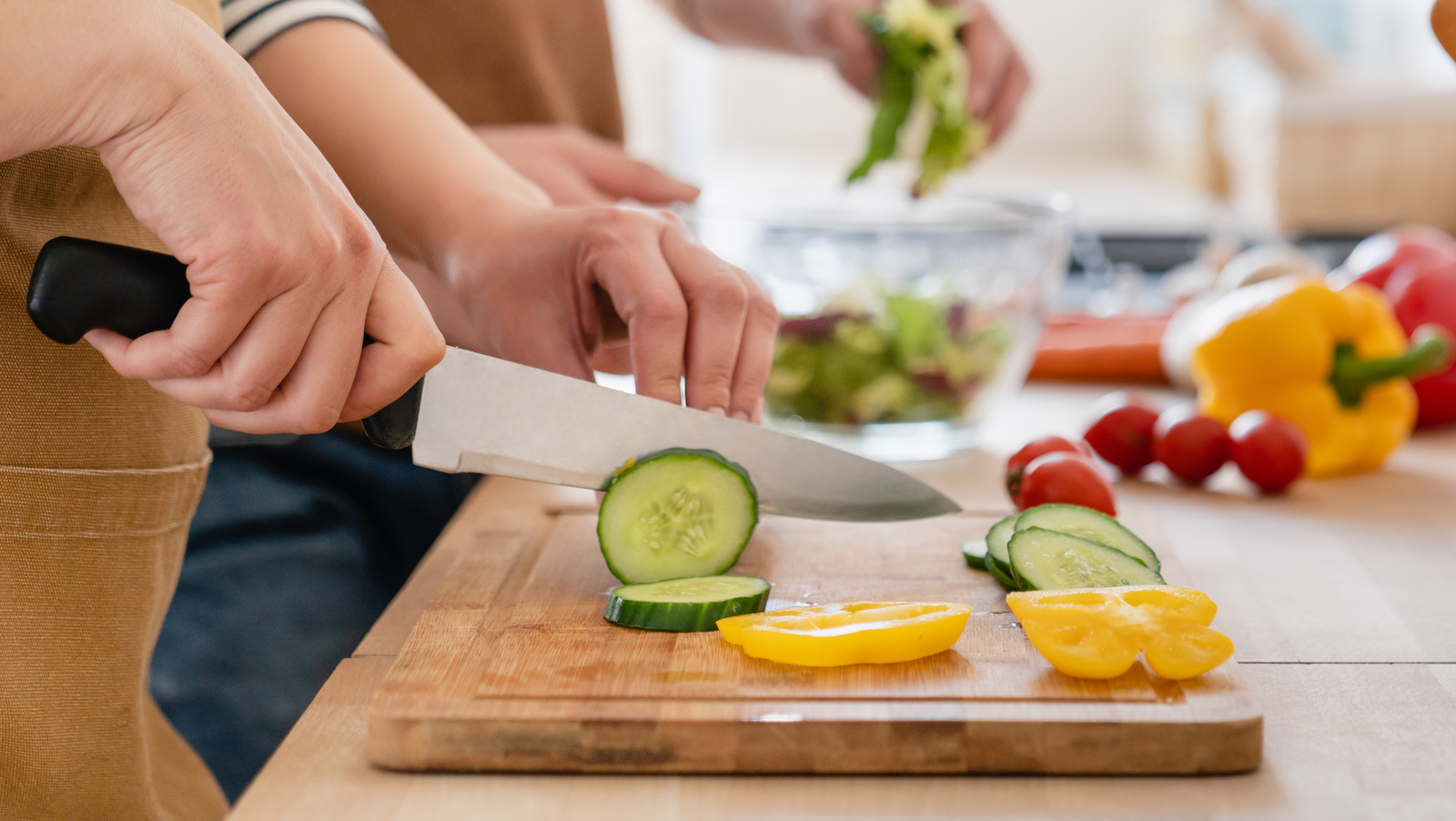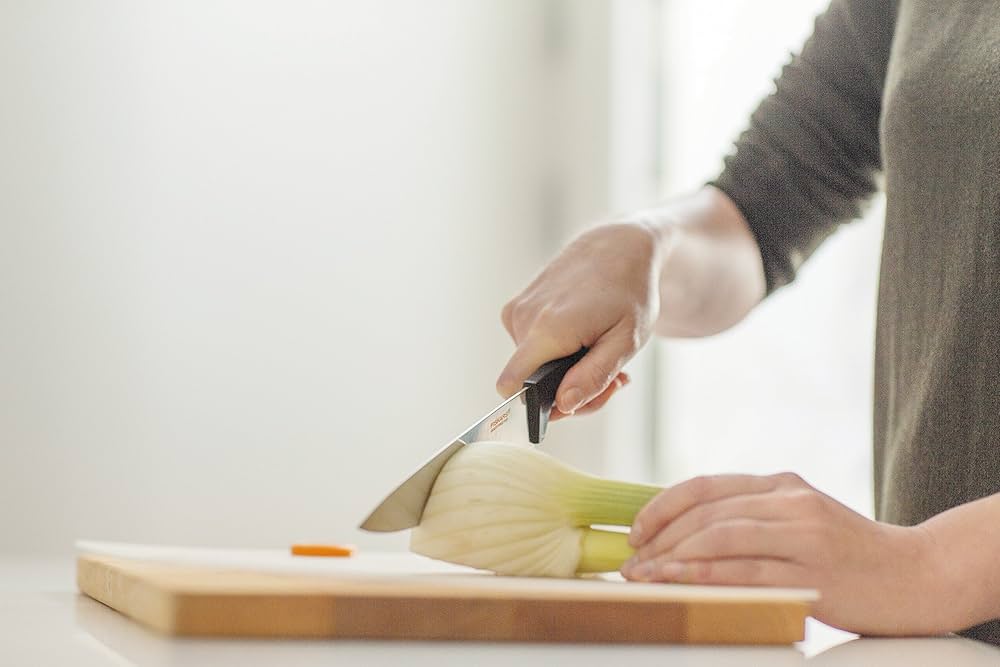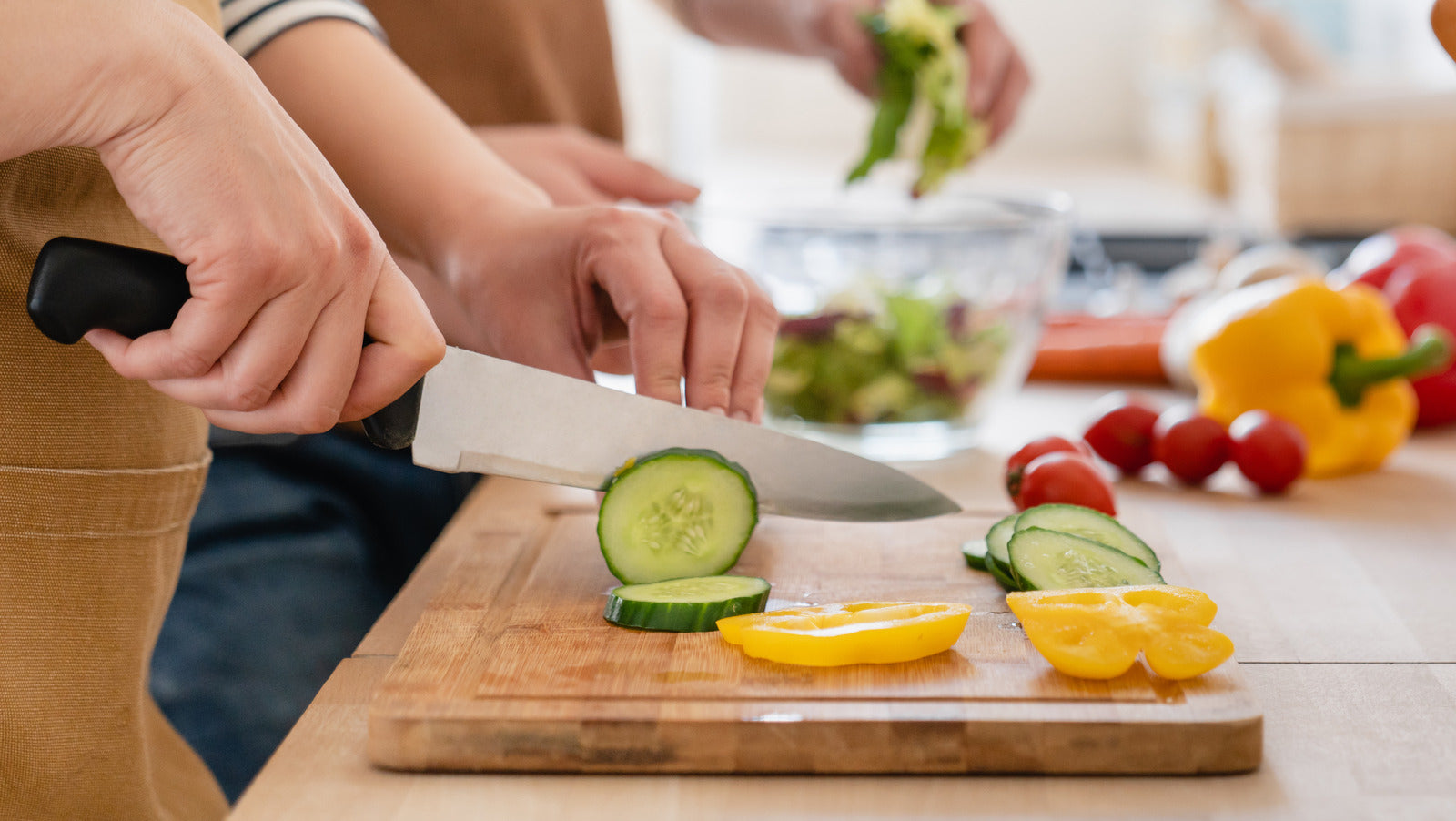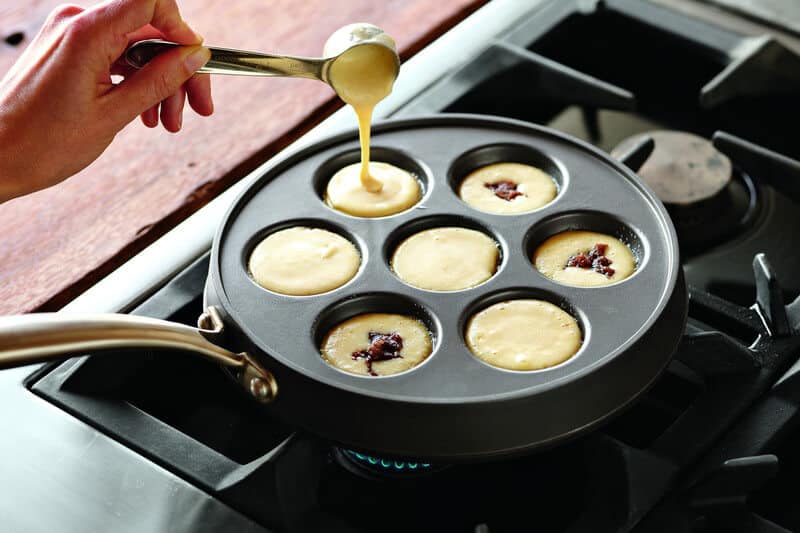For kitchen professionals, a wooden cutting board is more than just a toolit's an extension of their craft. Yet, one common struggle is understanding how to keep wood cutting board from cracking. Cracks not only ruin the board's look but can also become a haven for bacteria. Ensuring the longevity of your cutting board requires adopting proper care techniques and maintenance practices. This guide dives into professional, actionable tips to help you preserve and protect your cherished wooden cutting board.
Lets uncover what steps you can take to ensure your cutting boards remain intact, functional, and sanitary for years to come.

Why Do Wooden Cutting Boards Crack?
Before diving into solutions, it's important to identify what causes your wooden cutting board to crack in the first place. Cracking usually stems from the following:
- Exposure to moisture: Leaving the board wet or submerged can lead to wood swelling and eventual cracking.
- Extreme dryness: Heat from dishwashers or prolonged exposure to dry air can sap the wood's natural oils, making it prone to splits.
- Improper cleaning habits: Using harsh cleaning chemicals or soaking the board can negatively affect the woods integrity.
- Lack of conditioning: Like skin, wood requires consistent moisturization. Forgetting this step can lead to brittleness and, ultimately, cracks.
Arming yourself with this knowledge is step one. Lets now discuss effective steps that combat these common issues.
Step-by-Step: Preventing Cracks in Wooden Cutting Boards
1. Clean Your Board Correctly
The most common mistake is improper cleaning. Here's how you should do it:
- Use warm water and mild soap: Avoid harsh chemicals that strip the wood of its natural oils. Tip: Clean wooden boards after every use to avoid bacterial buildup.
- Avoid submerging: While it might be tempting to soak the board in water, it's a surefire way of swelling and cracking.
- Disinfect naturally: If you're cutting meat, you can disinfect with a vinegar solution or even rub the board with half a lemon and some salt for deeper cleaning.
To learn more about cleaning techniques, check out what you can cut on a wooden cutting board.
2. Condition Regularly with Mineral Oil
Wooden boards demand conditioning. Mineral oil acts as a moisturizing shield that prevents dryness and cracking. Here's how to do it:
- Clean the board: Make sure your board is fully dry before applying oil.
- Apply mineral oil: Use a clean cloth to rub a generous amount of food-grade mineral oil over the surface.
- Let it soak in: Leave the oil sitting for a few hours or overnight. This ensures deep wood penetration.
- Repeat regularly: Every 34 weeks of oiling keeps your board supple and resilient.
For extra guidance on taking care of wood surfaces, heres a helpful article on why wood cutting boards are beneficial.
3. Avoid Extreme Temperatures
One pro tip for how to keep wood cutting board from cracking is to avoid exposing it to temperature extremes. Here's why:
- Direct sunlight: Storing the board in a location exposed to harsh sunlight can dry out the wood.
- Dishwashers: Its tempting to toss it into a dishwasher, but the intense heat and prolonged moisture can warp and crack your board.
- Cold air: Be cautious in winter months where indoor heating can dry out wooden surfaces excessively.
Instead, store your cutting board in a cool, dry location away from appliances like ovens or sinks that can affect moisture levels.
4. Sand and Repair as Needed
If your board shows early cracking signs, don't toss it out immediately. Here's what you can do:
- Sand down imperfections: Use fine-grit sandpaper to buff out cracks or uneven edges.
- Fill cracks with beeswax: Heated beeswax can fill minor splits seamlessly.
- Reapply oil: After sanding, condition thoroughly to restore the wood's health.
For creative restoration tips, explore how to make a live-edge cutting board.

FAQs About Wooden Cutting Board Care
1. Can I sanitize wooden boards with bleach?
While bleach is effective, its too harsh for wooden boards. Opt for natural solutions like vinegar or diluted hydrogen peroxide instead.
2. How often should I oil my wooden cutting board?
Oiling every 34 weeks is ideal for professional kitchens. If the board starts feeling dry, oiling more frequently can help.
3. Are wood boards better than plastic for professionals?
Yes! Wood boards are durable, have natural antibacterial properties, and offer a professional aesthetic. For more detail, check out this article on cutting board safety.
Maintaining your wooden cutting board ensures it remains functional and beautiful. By following these steps, you can keep it from cracking while enjoying long-lasting use in your professional kitchen.
This article contains affiliate links. We may earn a commission at no extra cost to you.






Leave a comment
This site is protected by hCaptcha and the hCaptcha Privacy Policy and Terms of Service apply.